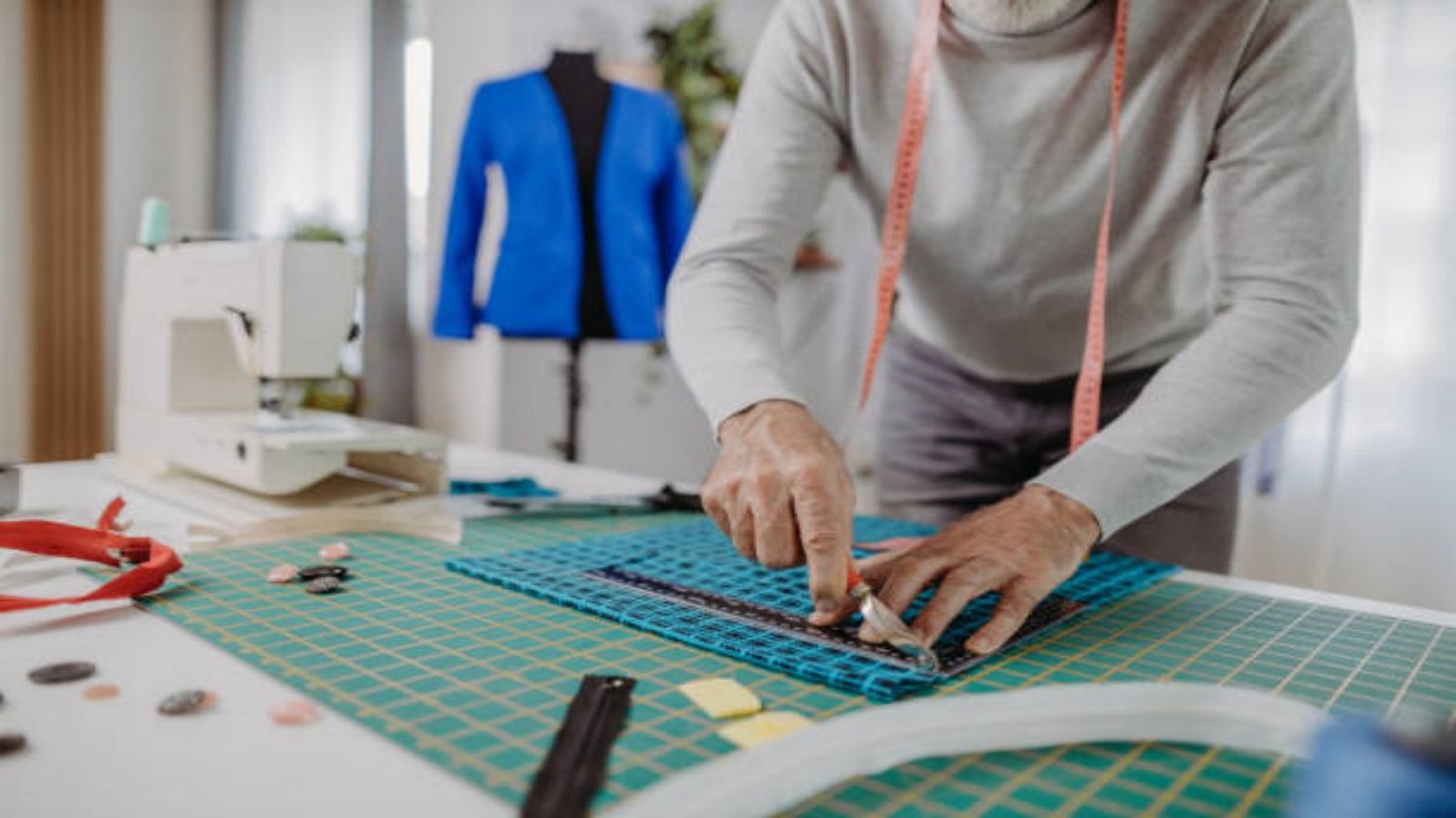The History of Auxiliary Fabric: A Journey Through Time
Auxiliary fabric has been an integral part of the textile industry for centuries. From its humble beginnings as a simple material used for basic clothing, it has evolved into a versatile and innovative fabric that is now used in a wide range of industries. In this article, we will delve into the fascinating history of auxiliary fabric and explore the key advancements that have shaped its development.
The Composition of Auxiliary Fabric: Understanding Its Components
Auxiliary fabric is typically composed of a blend of natural and synthetic fibers. These fibers are carefully selected and combined to create a fabric that possesses specific properties and characteristics. Natural fibers, such as cotton or silk, provide comfort and breathability, while synthetic fibers, like polyester or nylon, offer durability and resistance to wrinkles. The precise composition of auxiliary fabric varies depending on its intended application, but it is this unique combination of fibers that gives it its distinctive properties.
The Manufacturing Process: From Raw Materials to Finished Product
The manufacturing process of auxiliary fabric involves several stages, each crucial in transforming raw materials into the final product. Initially, the chosen fibers are spun into yarns, which are then woven or knitted together to create a fabric. This fabric is then treated with various chemicals to enhance its properties, such as color fastness or water repellency. Finally, the fabric undergoes a finishing process, which includes treatments like washing, ironing, and softening, to ensure its quality and appearance meet the desired standards.
The Versatility of Auxiliary Fabric: Exploring Its Applications
Auxiliary fabric is widely used across numerous industries due to its versatility and adaptability. In the fashion industry, it can be found in clothing, accessories, and footwear, offering comfort, style, and performance. In the automotive sector, auxiliary fabric is used for upholstery, providing durability and aesthetic appeal. Additionally, auxiliary fabric plays a crucial role in the medical field, where it is used for wound dressings, surgical gowns, and other healthcare products. Its ability to meet specific requirements makes auxiliary fabric a preferred choice in various applications.
The Science Behind Auxiliary Fabric: Understanding Its Properties
Auxiliary fabric possesses a multitude of properties that make it suitable for diverse applications. Its ability to regulate temperature, for example, makes it ideal for sportswear and outdoor clothing. The fabric's moisture-wicking properties help keep the wearer dry and comfortable. Additionally, auxiliary fabric can be engineered to be water-resistant, flame-retardant, or even antibacterial, depending on the desired application. These properties are achieved through meticulous research and development, combining scientific knowledge with innovative technologies.
The Environmental Impact of Auxiliary Fabric: A Focus on Sustainability
As the demand for sustainable materials grows, the textile industry, including auxiliary fabric manufacturers, is increasingly prioritizing environmental considerations. Sustainable practices, such as using organic or recycled fibers, reducing water and energy consumption, and implementing eco-friendly dyeing processes, are becoming more prevalent. By choosing auxiliary fabric produced through sustainable methods, consumers can contribute to the reduction of the industry's environmental footprint and support a more sustainable future.
The Future of Auxiliary Fabric: Innovations and Advancements
The future of auxiliary fabric looks promising, with ongoing research and development leading to exciting innovations. One area of focus is the integration of smart textile technology into auxiliary fabric, which can enable functionalities like temperature regulation, biometric monitoring, and even self-cleaning capabilities. Additionally, advancements in nanotechnology are facilitating the development of fabrics with enhanced properties, such as improved strength, elasticity, and resistance to stains. These advancements are poised to revolutionize various industries and open new possibilities for auxiliary fabric.
The Importance of Quality Control: Ensuring Reliable and Safe Fabrics
With auxiliary fabric being used in critical applications, such as protective clothing or medical supplies, ensuring its quality and safety is of utmost importance. Manufacturers employ stringent quality control measures throughout the production process to guarantee that the fabric meets the required standards. This includes rigorous testing for factors like tensile strength, colorfastness, and chemical safety. By adhering to these quality control measures, manufacturers can provide reliable and safe auxiliary fabric to their customers.
Caring for Auxiliary Fabric: Best Practices for Longevity
Caring for auxiliary fabric properly can significantly extend its lifespan and maintain its performance. It is generally recommended to follow the care instructions provided by the manufacturer, which may include guidelines for washing, drying, and ironing. Additionally, storing auxiliary fabric in a cool and dry environment can prevent damage from moisture and pests. By adopting these best practices, individuals can ensure their auxiliary fabric remains in optimal condition for an extended period.
Conclusion: The Endless Possibilities of Auxiliary Fabric
Auxiliary fabric has come a long way since its inception, evolving into a versatile and indispensable material in various industries. Its unique composition, manufacturing process, and properties make it a preferred choice for countless applications. As technology advances and sustainability becomes increasingly important, auxiliary fabric continues to adapt and improve. With ongoing research and development, the possibilities for auxiliary fabric are endless, promising exciting advancements that will shape the future of textiles.

